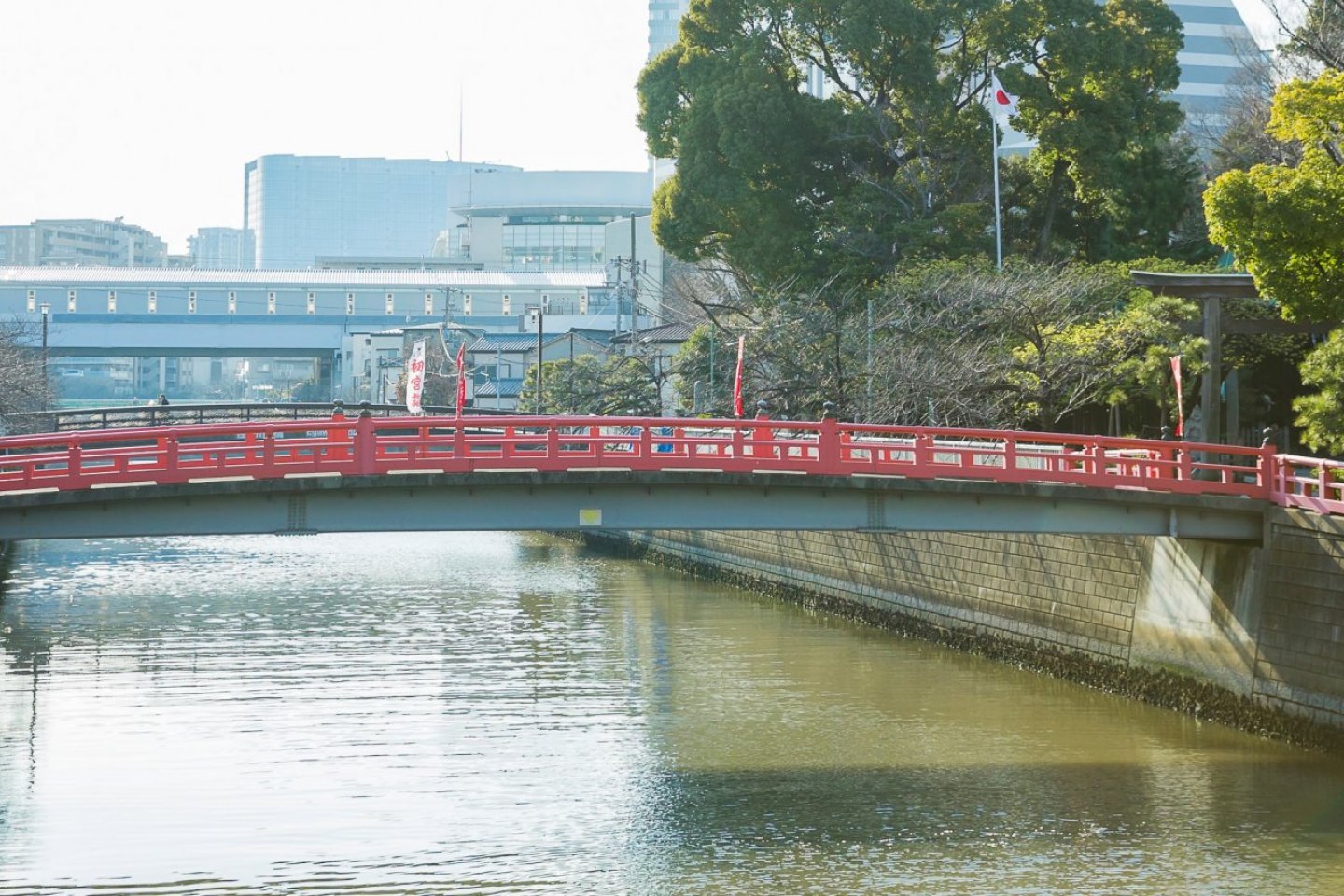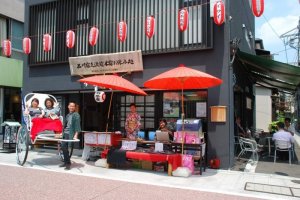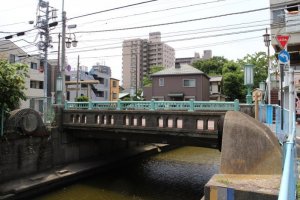During the Edo Period (1603-1868) Tokaido Trail was one of five main routes connecting Edo (modern-day Tokyo), the home of the shogun, to Kyoto, where the emperor lived. Countless samurai and commoners trod the dusty highway from Nihombashi — Japan's center point — all the way to Kyoto, or beyond. Since the trail was long, post towns popped up along the route, totaling 53 along the whole stretch. Shinagawa was the first post town from Nihombashi (or the last one for those on the way to Edo) and visitors today can still see traces of this illustrious past by walking down parts of the Tokaido Trail themselves.
Old Road — Modern Times
These days, the road looks nothing like it did 200 hundred years ago, although it follows the same route though and is still a major thoroughfare in Tokyo. Being the first (or last) stop on the trail, Shinagawa had many religious and spiritual places travelers would visit to wish for safe travel and more. We can still visit many of these sites today. Of course, aside from hardy travelers looking for a challenge, there's no need to traverse the Tokaido Trail in its entirety. Instead, drop by some of the major sights on a shorter route. Here are some must-see spots between Tachiaigawa and Kita-Shinagawa stations.
Hamakawa Bridge, The Bridge of Tears

You wouldn't know it just by looking at it today, but this bridge is one of the 100 Historical Sights of Shinagawa for a good reason. It was at this bridge that convicts during the Edo Period said farewell to their families before they were to be executed. The Suzugamori execution grounds were closed to the public so last goodbyes had to be done before crossing the bridge. Hamakawa Bridge represents one of the charms of walking the Tokaido Trail in Shinagawa: there is so much history is still present — you just have to look a little to find it.
Hosenji Temple
One of the official 100 Sights of Shinagawa, this temple dates back to the Heian Period (794-1185) and enshrines Bishamonten, the god of courage and apotropaism, and one of the Seven Deities of Good Luck of the Eastern Sea. There is also a large bell on the premises, which was taken overseas for the 1867 Paris World Exposition. On its way back, the bell disappeared under mysterious circumstances but was found in Geneva some years later and returned to Japan in 1930.
Showa-Style Houses and Shops

One of the most interesting aspects of following the Tokaido Trail in this historic post town is how modern and historic Japan coexist here seamlessly. Old temples from hundreds of years ago stand side-by-side with modern apartment buildings built less than ten years ago. The contrast is startling at first, but it's alleviated by the addition of Showa Period (1926-1989) houses and shops lining the streets. They add an element of charm — a middle ground if you will — between the ancient and the brand new. It's often these local shops that give insight into how locals live in the area and the best way to go about meeting them. If you do walk down this historic path of samurai, take a moment to stop by a local coffee house or bar — you never know, you may be talking to one of the descendants of post town shopkeepers.





























